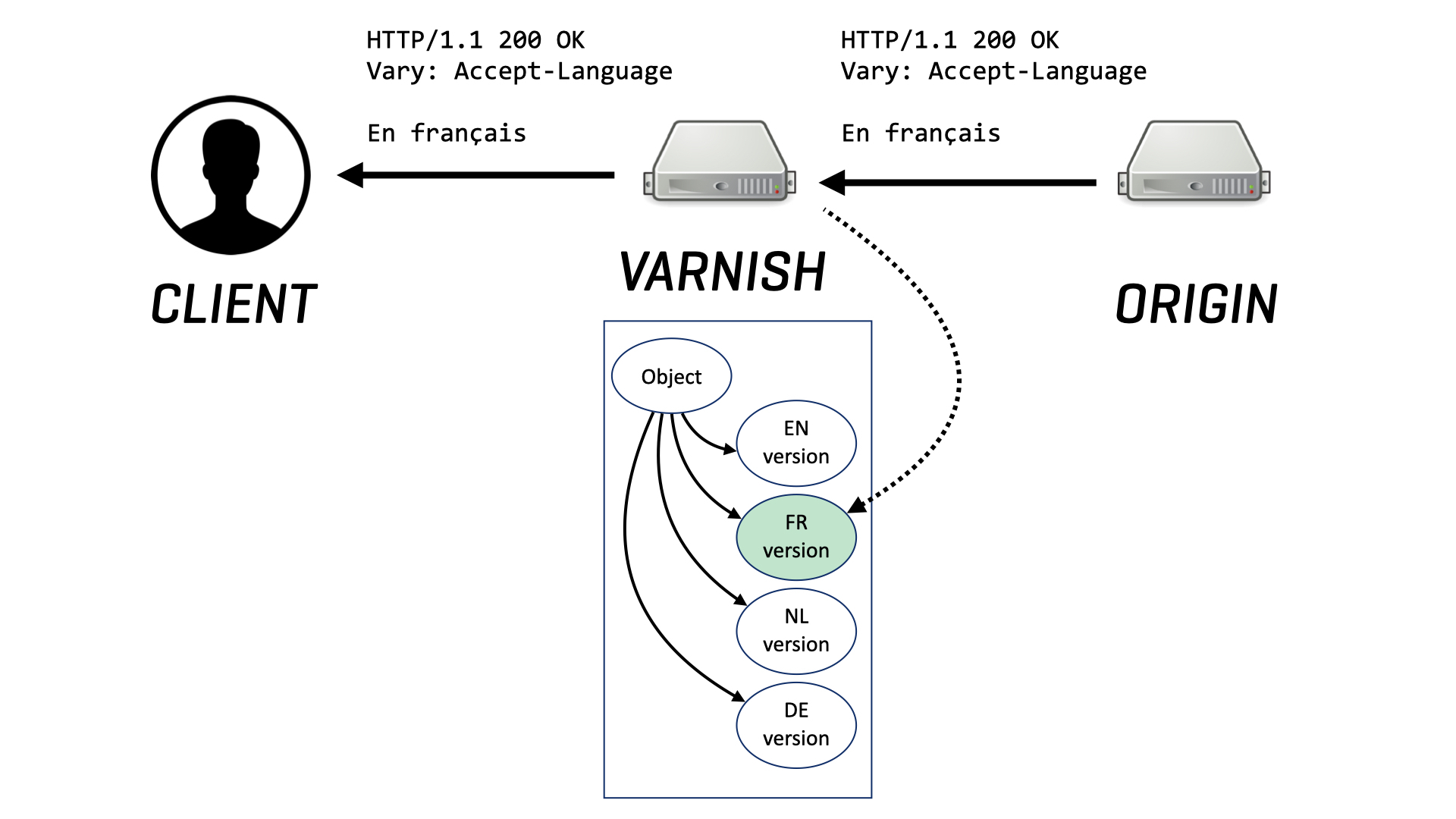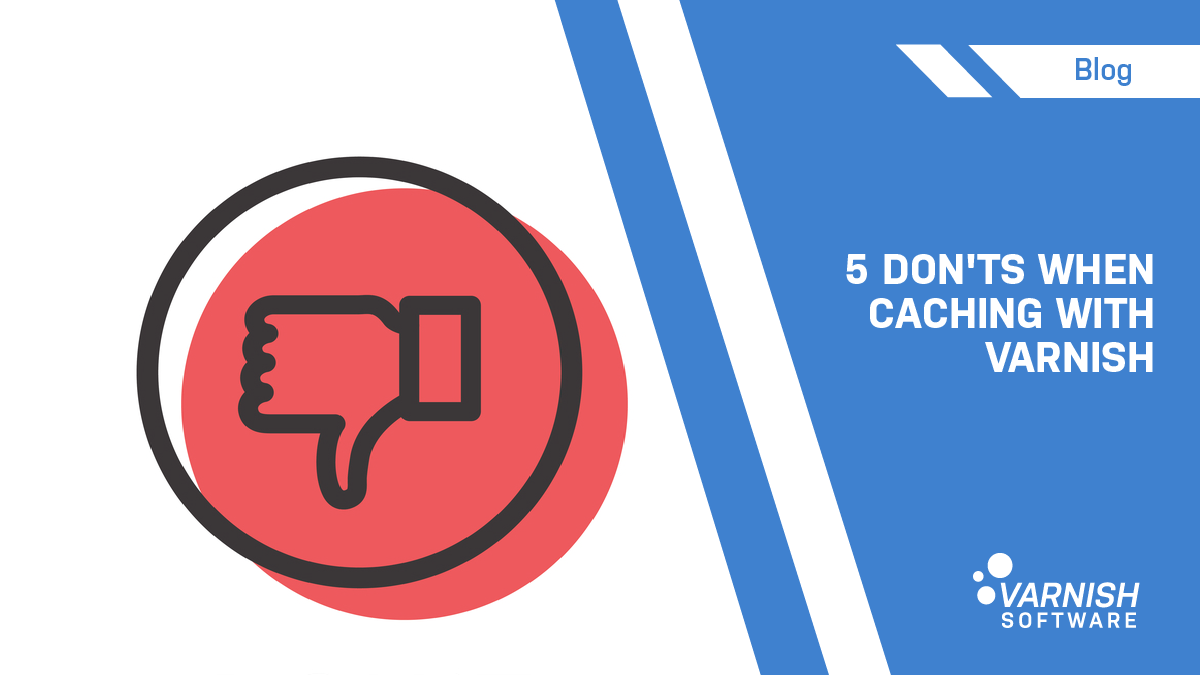Follow The Rabbit
VCL best practices
Latest Articles
- Frank Garland
- March 13, 2023
Recently, Varnish Technical Evangelist Thijs Feryn led a webinar covering Varnish Configuration Language (VCL), the...
- Thijs Feryn
- August 10, 2021
This week’s episode is about VCL — the Varnish Configuration Language — which is used to define your own caching...
- Thijs Feryn
- April 28, 2021
Varnish offers a multitude of modules that extend standard VCL capabilities for specific use cases and improve the...
- Arianna Aondio
- October 19, 2020
Over time, the most popular content we’ve created relates to hands-on Varnish use and relevant dos and don’ts....
- Guillaume Quintard
- October 15, 2020
Varnish is a caching server, and a great one at that, that much we already know. But what about the content you don't...
- Guillaume Quintard
- March 14, 2018
As you may know, part of my job consists of helping Varnish users, both customers and community users (join us on...
SUBSCRIBE TO OUR BLOG
SEARCH OUR BLOG
Explore articles from Varnish experts on web performance, advanced caching techniques, CDN optimization and more, plus all the latest tips and insights for enhancing your content delivery operations.
/VS-logo-2020-197x60.png?width=136&height=60&name=VS-logo-2020-197x60.png)





